
Unveiling the Cosmos: A Guide to Mastering Astronomy
Mastering Astronomy
Defining Astronomy
Astronomy can be defined as the branch of science that deals with celestial objects, space, and all matter, hence the universe. Astronomy is the study and interpretation of stars, planets, comets, galaxies, and universal occurrences. It is from these bodies that we learn about the formation of these systems, the workings of the universe and its laws of formation.
The Allure of the Night Sky

Staring up at the sky at night has always made man wonder. Emerging constellations, phases of the moon, and meteor showers give people some sort of curiosity and enchantment. Astronomy is widely popular among people and remains one of the favorite activities throughout people’s lives that provides a television with concepts of the universe and stimulates people’s thirst for knowledge.
A Celestial Toolkit: Unveiling the Basics
Understanding Constellations
These are formed by planets that have been sighted and labeled as such by many societies around the world over time. They act as reference markers and enable astronomers to determine the locations of objects within the night sky.
Popular Constellations
- Orion the Hunter: Most people can easily identify it with the three-star belt around the middle, Orion is one of the most known constellations.
- Ursa Major (the Great Bear): The clan is popular for the Big Dipper asterism and can be seen all around the year in the northern hemisphere.
- Cassiopeia: Out of all the constellations, Cassiopeia has a very unique and perhaps recognizable W shape and also offers a quite large amount of mythological backgrounds.
Celestial Objects and Their Characteristics
Elements of the universe are varied and the space objects are especially significant for any astronomy enthusiast.
Planets
- Inner Planets: Mercury, Venus, the Earth, and Mars which are all classified as terrestrial planets and are relatively small and close to the Solar system.
- Outer Planets: Jupiter, Saturn, Uranus and Neptune – all these are the biggest planets of our solar system which have many moons and incredible systems of rings.
Dwarf Planets
Bodies such as Pluto do not control its orbit but exhibit similar features like planets.
Moons
Natural satellite bodies that revolve around planets of considerably different sizes, composition and geophysical activity.
Asteroids
A small formation of rocky things located mainly in the belt between Mars and Jupiter called the Asteroid belt.
Comets
Stubborn bodies become encased in icy comas and sport streams of light when they come close to the solar surface.
The Milky Way and Beyond
To further elaborate, our position in the universe is from the solar system to the universe itself.
Our Solar System
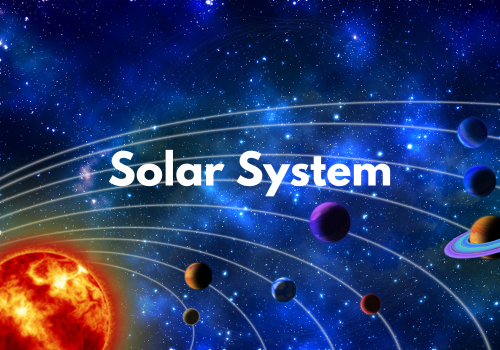
A system with the sun in the middle with other planets, moons, asteroids and comets as components.
The Milky Way Galaxy

The region of the cosmic space comprises several billions of stars, planets and nebulae forming the home galaxy – the spiral one.
Other Galaxies
- Spiral Galaxies: These include the type with rotating arms, similar to the galaxy in which our solar system is located, the Milky Way.
- Elliptical Galaxies: Older galaxies that contain a large amount of ‘oval’ shaped ones as well as almost no gas or dust.
Fundamental Concepts: Light and Gravity
These two fundamental forces are very important in helping us understand the universe in which we live and the things existing in it.
The Nature of Light
Visible light moving at a speed of about 299,792 km/sec, enables one to collect data on the characteristics of distant celestial bodies.
The Role of Gravity in the Universe
Gravity is the force by which a planet attracts objects toward it and according to Weber’s law, planets, stars, and galaxies, all move by this force. It determines the configuration of the entire universe and plays a major role in the formation and development of cosmological entities.
Equipping Yourself for Exploration: Resources and Tools
Star Charts and Apps
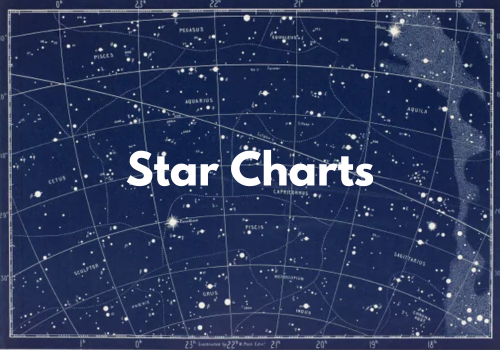
Therefore, when it comes to fixing our sites on the sphere of the night sky, appropriate instruments are a means to an end.
Benefits of Star Charts
A star chart gives the appearance of the night sky by definite patterns enabling one to locate the various stars and other objects in space.
Recommended Stargazing Apps
There are stargazing apps for Android as well; such as Star Walk, SkySafari, and Stellarium help guide you through the stargazing process.
Binoculars and Telescopes
Aid your astronomy by using visible light instruments.
Choosing Binoculars for Stargazing
A binocular is compact handy in use as it offers a wide and uninterrupted field of view suitable for observing star clusters and large nebulae.
Telescopes: Types and Uses
- Refracting Telescopes: A type of telescope that is effective in the use of lenses to focus lights, used in the observation of planets and the moon.
- Reflecting Telescopes: Use finder scopes often used to find deep-sky objects such as galaxies and nebulas’. ’
- Compound Telescopes: Steven’s Lenses and Mirrors must be therefore combined to increase the versatility and the capacity to permit a clear view of the objective.
Astronomy Clubs and Online Resources
Become a member of communities and get excessive information to increase your awareness.
Local Astronomy Clubs
Clubs host stargazing nights, provide telescopic viewing opportunities, conduct star shows, and lectures, and inspire amateur astronomy.
Online Resources
- NASA Websites: Broadcast pertinent facts about space expeditions, astronomical events and lessons.
- Astronomy Blogs: Provide amateurs and professional astronomers with first-hand information and knowledge on the latest tips and information.
A Journey Through Time: Exploring the Universe’s Story
The Life Cycle of Stars
Stars go through an interesting life cycle of birth, life, and death.
Star Formation

They develop from clouds of gases and dust in areas known as the stellar nursery.
Stellar Evolution
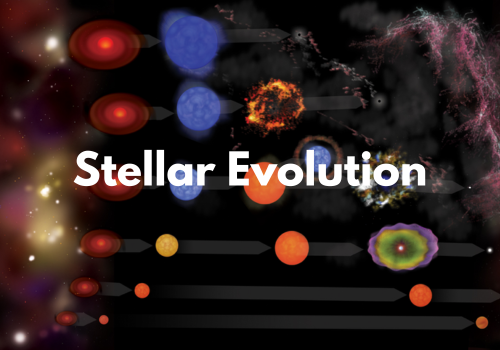
Stars go through processes that take millions, in some cases, billions of years to complete undergoing nuclear fusions of hydrogen and other elements.
Supernova Explosions
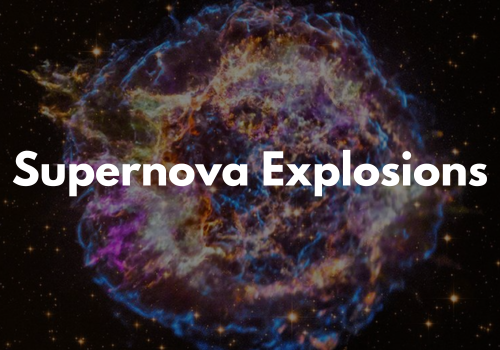
The large stars go through physically exploding contributing to the formation of many heavier elements in the universe.
Formation of Planetary Systems
Knowing how such planetary systems as the one being orbited by the Earth were formed.
Nebular Hypothesis
They are formed by a spinning disc of gas and dust- the disc becomes the planets and the denser central part of the disc becomes the Sun.
Exoplanets and Their Importance
The knowledge of exoplanets that is planets in other systems apart from the solar system has far-reaching implications in the study of the formation of planets and the possibility of life on other planets.
Cosmic Time Travel
Stargazing and viewing the universe is sort of like traveling back in time.
Understanding Light Years
LY = light-year, which means how long it takes light to travel a certain distance, which is approximately 9. 46 trillion kilometers. This measure assists astronomers in determining the expansive areas that are in space.
Observing Distant Galaxies
Light originating from galaxies has taken millions, or even billions of years to reach the observers hence offering some view of the universe at that time.
The Human Connection: Astronomy’s Impact on Our Lives
Historical Uses of Astronomy
Astronomy has always been very important in the history of man.
Ancient Calendars
Many early civilizations applied astronomy in the construction of the calendar, forecasting of weather and the seasons, and farming.
Navigation
Astrolabe enabled ancient mariners to navigate the oceans and chart the world with the guidance of stars.
Modern Technological Advancements
New technology and telescopes, space shuttles and rockets prove that astronomy is still a leading science.
GPS Technology

GPS uses the satellite orbit calculation along with available data on Earth’s gravity to determine the precise position of the receiver.
Satellite Communication
Some of the critical technological applications that man cannot do without strictly rely on astronomy principles; for instance, communication satellites which are a crucial element in current global connection systems are placed and positioned using principles learned from astronomy.
The Search for Extraterrestrial Life
When pondering on the existence of life in other worlds beyond the Earth.
SETI and Other Projects
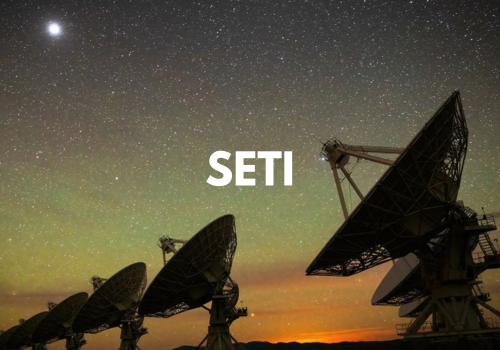
SETI employs a radio telescope to seek signals from other possible human like societies in other parts of the galaxy.
Possibilities of Life Beyond Earth
The finding of exoplanets in the habitable zones increases the chances of finding other forms of life in the universe.
Mastering Astronomy: A Lifelong Pursuit
Cultivating Curiosity
Keeping a child-like curiosity and being a learner is still in a person.
Asking Questions
Cultivate curiosity for the universe and do not shy away from posing questions about it and looking for answers through investigation and analysis.
Seeking Answers
Employ current resources such as books, and online classes to enhance the knowledge that you have.
Regular Observation
Gaining frequency in observing the night sky improves the general awareness of the heavens above.
Benefits of Consistent Stargazing
Observation is a way of observing events in the sky and also determines changes that take place in the sky.
Tracking Celestial Events
See the next meteor shower, eclipse or conjunction of the planets about your location in the sky or the night sky map.
Sharing the Passion
Astronomy is a social science, it is best when shared with other people.
Joining Clubs and Communities
Find ways in which enthusiasts can actively participate in forums and groups concerning the field of astronomy and space exploration.
Engaging Friends and Family
Be as well an active participant and engage your family and friends in stargazing moments and explain discoveries to them.
Conclusion
Summary of Key Points
Astronomy is a branch of science whose core tenet seems to be the curiosity that never ceases to amaze, and the possibilities are virtually limitless. With the simplest knowledge, with the proper equipment and following observation, one cannot help but have a better understanding of the environment above.
Call to Action
Cast your eyes up to the heavens one night, walk out into the backyard, and start the process of learning astronomy now. Keep on studying, watching, and discussing with people around you about how this universe works. This is the big exciting world and the vast universe is there waiting for you to discover. Explore more about the wonders of the universe with CGit. Visit our website for expert insights and resources.
FAQs about Mastering Astronomy
What is the best way to start learning astronomy?
Do I need a telescope to enjoy astronomy?
What are some recommended resources for beginner astronomers?
How can I find an astronomy club near me?
What is the difference between a refracting and a reflecting telescope?
Can I see planets with a basic telescope?
What are some tips for successful stargazing?
You may also like

Freelancing SEO Services on Fiverr to Make Sites Visible

Get Hostinger Referral Discount – Exclusive Offer


